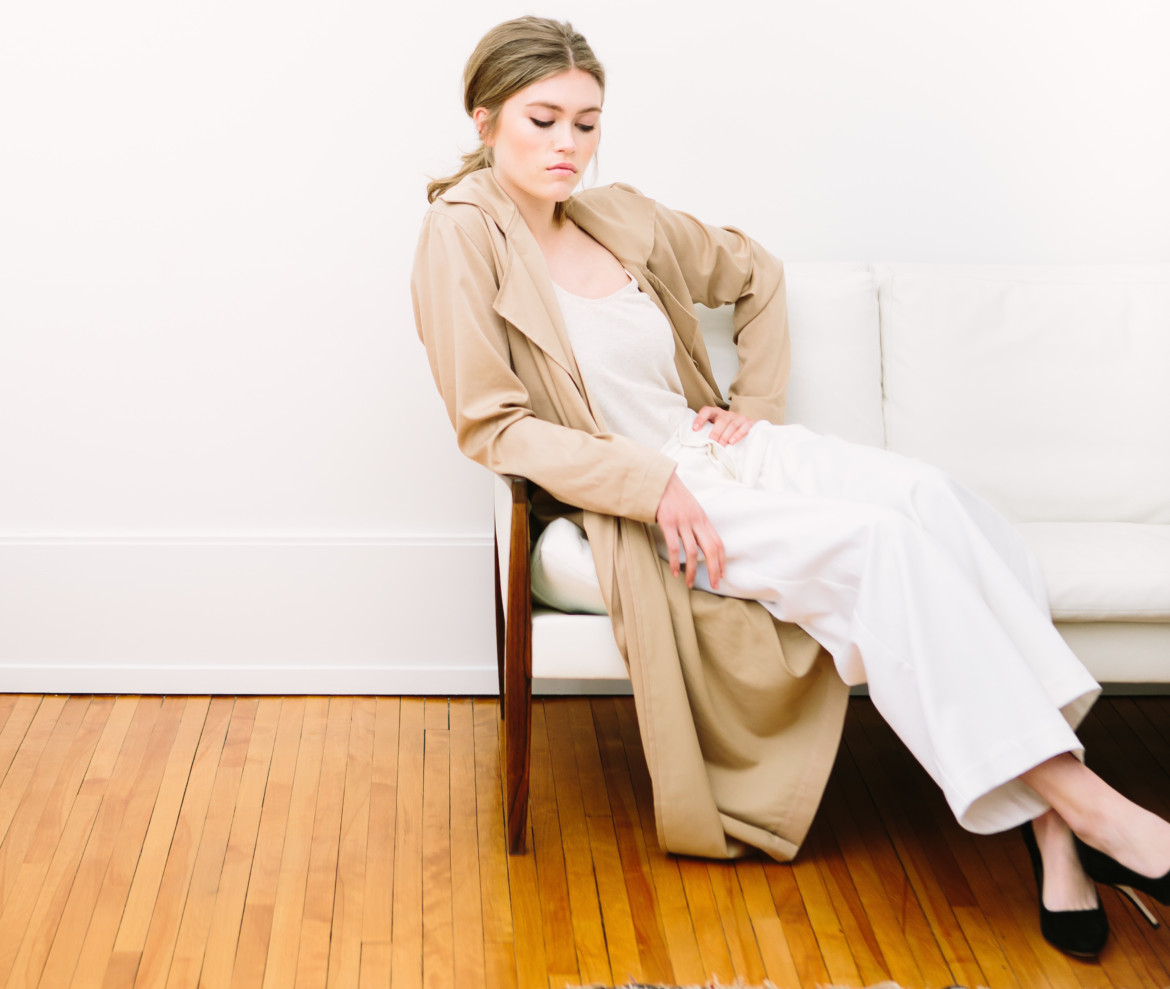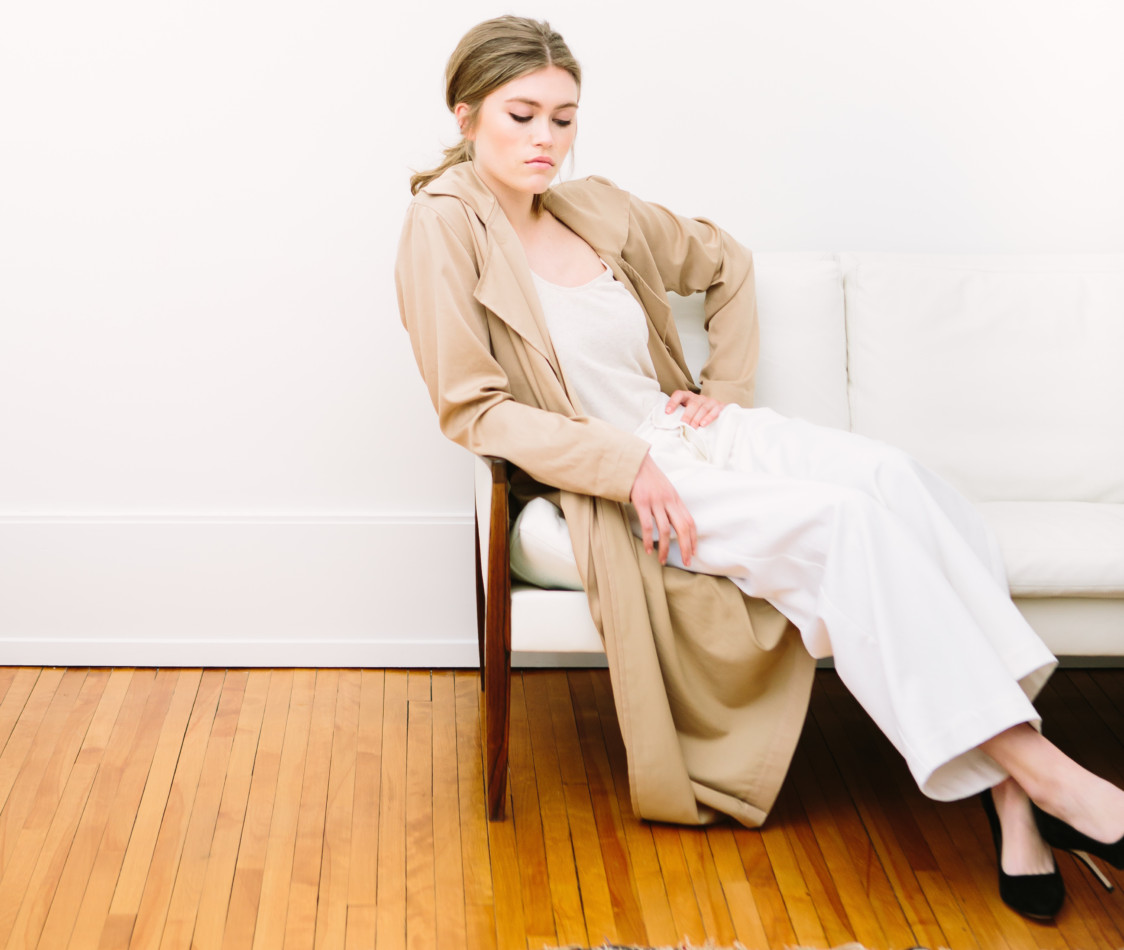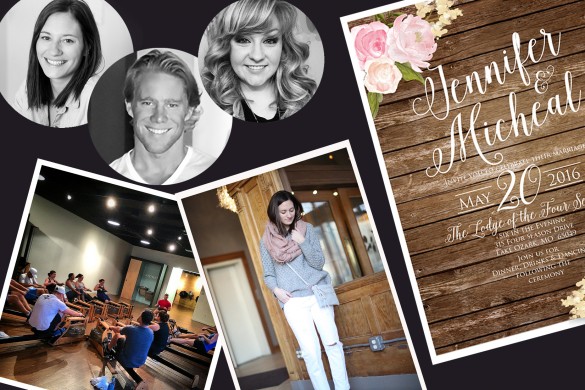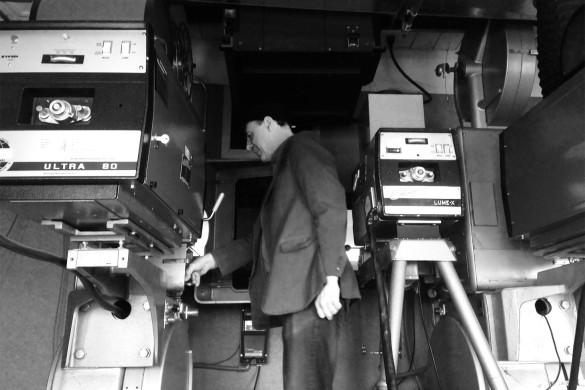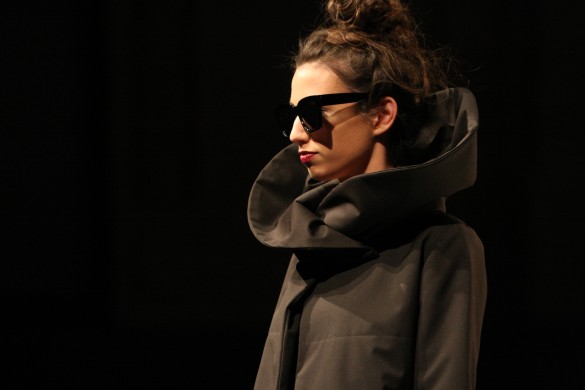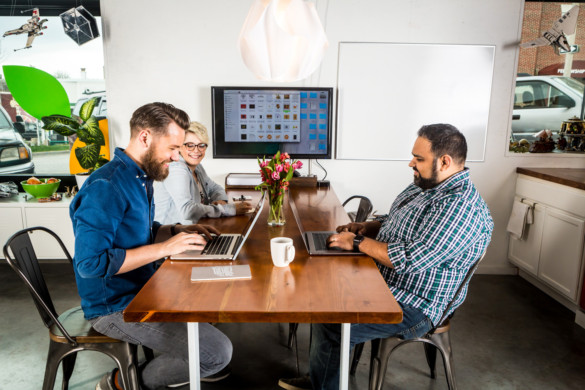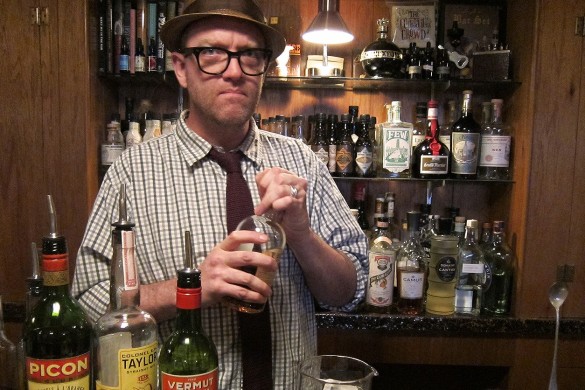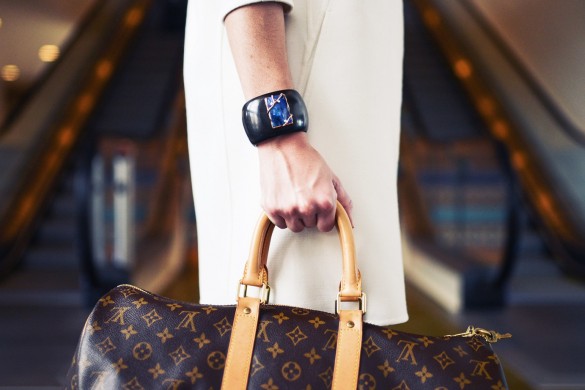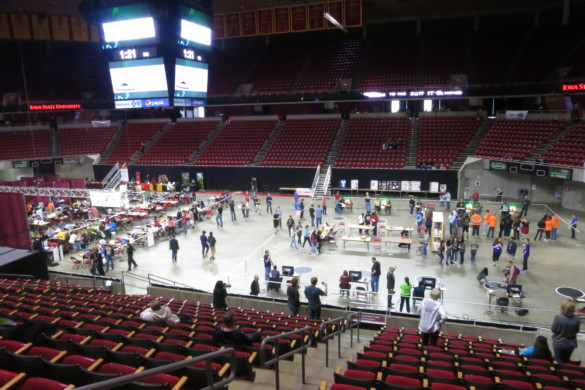In a world of “fast fashion,” brands like Hackwith are making a change—one piece of American-made clothing at a time
Words by Maggie Dickman
Photos from the Fall 2016 Collection courtesy of Canary Grey
Slouching slip dresses. Shaped slacks. Soft sweaters. At Minnesota-based Hackwith Design House, they’re all made in-house with sustainability in mind. By using natural fibers like cotton and denim and incorporating classic designs with neutral palettes that survive seasonal style changes, Hackwith has established a brand that will never go out of style.
“Sustainability is also practicality,” said Hackwith’s Director of Operations Erin Husted. “Those two go hand in hand. It doesn’t make sense to build a company that you can’t sustain over time, and it doesn’t make sense to waste things or use fabrics that just won’t last.”
But Hackwith is an industry exception. The “fast fashion” mentality—and the waste that goes along with it—dominates the fashion world. Fast fashion pieces are low-cost, mimic the hottest trends and run their life course within a matter of weeks, thus destined for the trash after a few weeks of wear. Consumers continue to spend more and more on apparel, contributing to the waste. In 2015, the average American household spent $1,846 on clothing, up 3.4 percent from 2014. The change between 2013 and 2014 showed an 11.3 percent increase.
This increase in shopper spending is affecting more than just the economy. Gargi Bhaduri, a fashion professor at Kent State University, puts disposable fashion and consumer mindset at the heart of the problem.
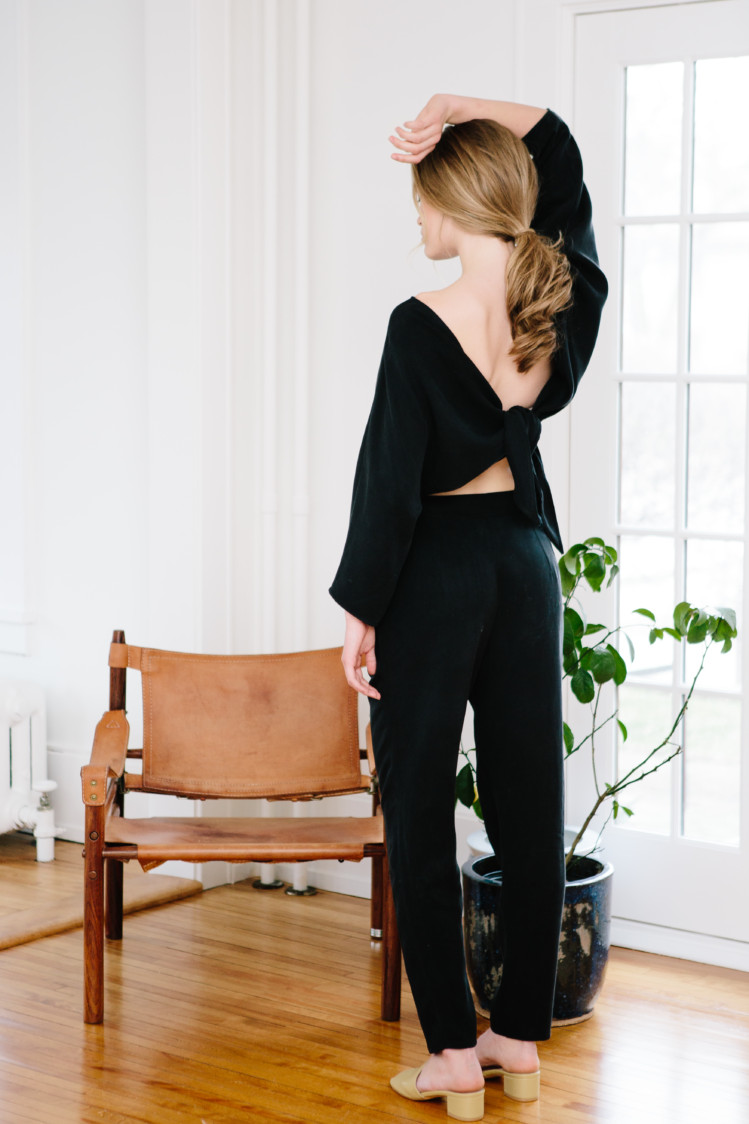
Bhaduri points out that manufacturers have to produce more textiles and fabrics in order to keep up with enormous demand, which in turn is affecting the environment. “The problem lies in how much we consume,” Bhaduri said. “Because of the enormous amount we consume, the fiber and the fabric manufacturers have to find ways to actually manufacture or grow more in order to take care of our enormous consumption. I mean, cotton has been growing forever. But why is that now the issue? Because the consumption has increased, the demand has increased. [Manufacturers] need to find other ways to match that demand.”
In 2013, the U.S. Environmental Protection Agency reported that 12.83 million tons of textiles were sent to the landfill. This is because clothing has simply lost its worth. Fast fashion revolves around trends that pop up by season and only remain relevant for a few months—at most. A black button-up tunic will be a closet coveted staple for years, while a plaid lace-up shirt combining on-trend color and design might lose popularity by the time the next trendy pattern or shape hits the market. By investing in timeless designs, sustainable clothing rebuilds the connection between clothing and wearer.
“You build a connection with your pieces, so you aren’t throwing away as much, which also leads to not buying as much,” Bhaduri said.
Hackwith is hoping to bring back that wearer and fashion bond. Back in 2010, Lisa Hackwith started producing individual, handmade pieces and selling them on Etsy. When the official brand was launched in 2013, she took her individual business model and expanded it into a team. Four seamstresses make all of the brand’s products in-house. The core collection consists of pieces made to order—reducing waste and increasing originality.
“We really like the idea, and I think our customers do, too, of selling pieces that people are really going to cherish and love, and to us it makes sense to make it when people order it,” Husted said. “It’s being made for the person that wants it, which just makes sense.”
And consumers are embracing Hackwith’s handcrafted creations.
The brand’s designs create relevancy in the classic by combining clean lines and flattering shapes. Everything from cool grays to coffee-inspired browns sustain an enduring wardrobe through colors that are endlessly wearable and fabric choices that are practical.
Purchasing sustainable products may be more expensive, but for some shoppers, buying a classic piece that’ll stay with them for years makes it a worthy investment. Melissa Oholendt, a Hackwith customer, values the relationship with her clothing. It’s a bond that lasts longer than a season. Looking for designs that will stylistically stay relevant as her tastes and needs change, Oholendt has found a connection to Hackwith’s creations.
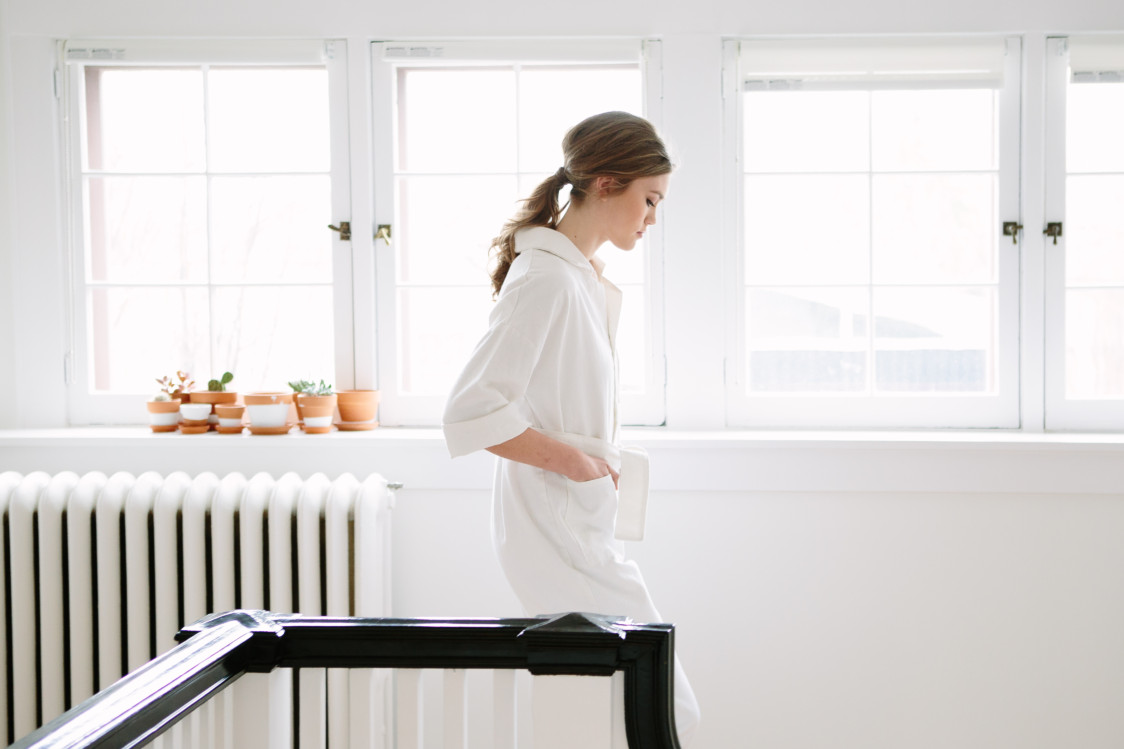
“I find that when looking for pieces, specifically pieces from sustainable makers, certainly I am looking for something classic—something that will stand the test of time from both a durability and design perspective,” Oholendt said. “I also strive to purchase clothing from actual people. Not only does that feel good to the heart, but it also does good for the local economy in so many ways beyond just one purchase.”
For Hackwith, designing sustainable products is good for business. They’ve embraced a particular attention to detail. They focus on every product that they sell. It may be a small step forward in the beast that is the fashion industry, but one in the direction of change.

